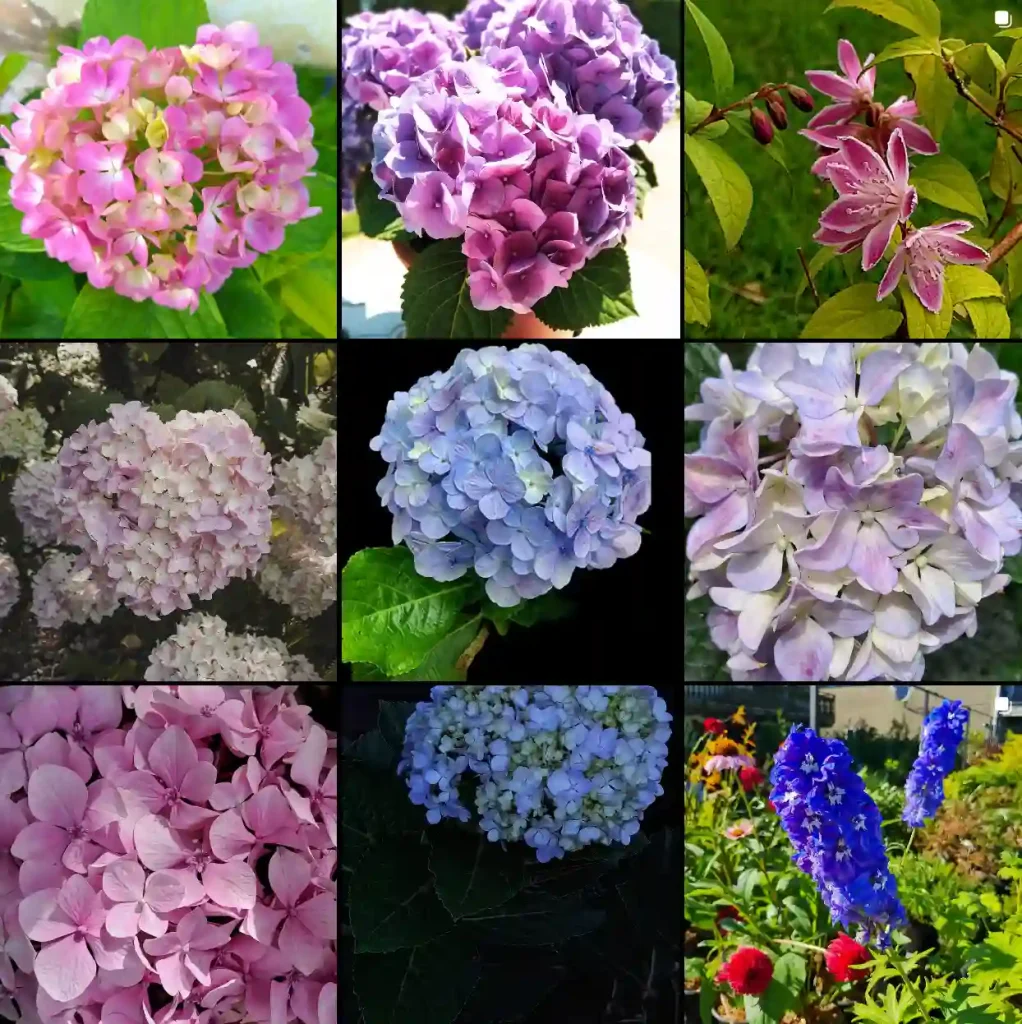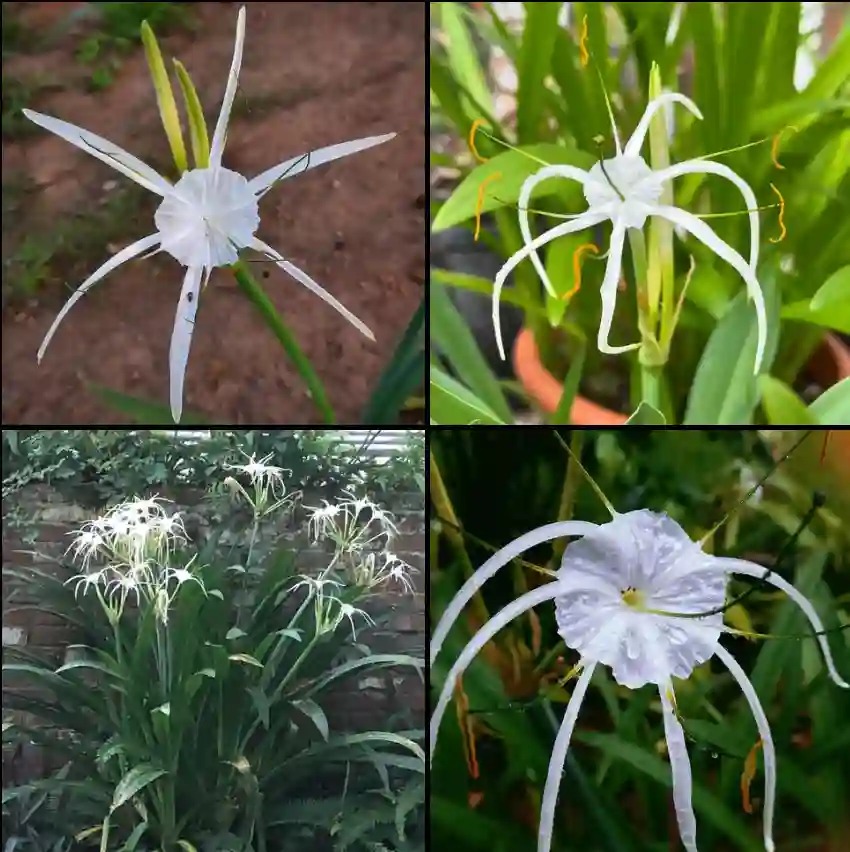Coleus Barbatus: Everything You Need to Know
Coleus Barbatus, commonly known as the Red Coleus or Flame Coleus, is a vibrant and versatile plant that has won my heart over the years. From its striking colors to its relatively easy care, it’s no wonder this plant is a favorite among gardeners. Here’s a comprehensive guide to help you understand everything about Coleus Barbatus, from its care to propagation and common issues.
302 Species in Genus Coleus
What is Coleus Barbatus?
Coleus Barbatus is a tropical perennial that belongs to the Lamiaceae family. Known for its bold foliage, it features leaves in shades of red, pink, and purple, often with intricate patterns. It’s frequently used as an ornamental plant in gardens and containers, where it adds a splash of color and texture.
How to Care for Coleus Barbatus?
Caring for Coleus Barbatus is quite straightforward, which is part of why it’s so popular among both novice and experienced gardeners.
- Light Requirements: Coleus Barbatus thrives in bright, indirect light. It can tolerate some direct sunlight, but too much can scorch its leaves. If growing indoors, place it near a window where it can receive filtered light.
- Watering: This plant prefers consistently moist soil. Water it when the top inch of soil feels dry, but avoid letting it sit in waterlogged conditions. Overwatering can lead to root rot, which is a common issue with Coleus.
- Soil: Use well-draining potting soil. A mix designed for indoor plants usually works well. Adding perlite or sand can improve drainage if needed.
- Temperature and Humidity: Coleus Barbatus enjoys warm temperatures, ideally between 60-75°F (15-24°C). It also appreciates higher humidity levels, so consider misting it or placing it on a humidity tray if you live in a dry climate.
- Fertilization: Feed your Coleus every 4-6 weeks during the growing season with a balanced, water-soluble fertilizer. Reduce feeding in the winter months when growth slows.
How to Propagate Coleus Barbatus?
Propagating Coleus Barbatus is a fun and rewarding process. Here’s how you can do it:
- From Cuttings: Take a 4-6 inch cutting from a healthy plant, just below a leaf node. Remove the lower leaves, leaving a couple at the top. Dip the cut end in rooting hormone (optional) and place it in a pot with a mix of peat and perlite. Keep the soil moist and the cutting in bright, indirect light. In a few weeks, roots should develop, and you can transfer the new plant to a larger pot or your garden.
- From Seeds: You can also start Coleus Barbatus from seeds. Sow seeds on the surface of a seed-starting mix, lightly pressing them in. Keep the soil moist and warm (70-75°F or 21-24°C). Germination typically occurs within 2-3 weeks.
What to Plant with Coleus Barbatus?
Coleus Barbatus pairs well with a variety of other plants. Its vibrant foliage contrasts beautifully with the following:
- Caladiums: Their bold, patterned leaves complement the Coleus’s colors.
- Begonias: Their lush foliage adds texture and a contrasting color palette.
- Petunias: These flowers add a burst of color that enhances the visual impact of Coleus.
Is Coleus Barbatus Toxic?
Coleus Barbatus is non-toxic to humans and pets. It’s safe to grow in households with children and animals. However, if large amounts are ingested, it could cause mild gastrointestinal upset, so it’s still best to keep an eye on curious pets.
Benefits of Coleus Barbatus
Besides its aesthetic appeal, Coleus Barbatus offers several benefits:
- Easy Care: It’s a low-maintenance plant that adapts well to various conditions.
- Versatile: Suitable for containers, hanging baskets, or garden beds.
- Colorful Foliage: Adds year-round interest and vibrancy to any setting.
Common Problems and Solutions
Despite its ease of care, Coleus Barbatus can encounter a few issues:
- Leaf Drop: This can occur due to inconsistent watering. Ensure the plant has a stable moisture level.
- Leaf Burn: Too much direct sunlight can scorch the leaves. Adjust the plant’s location or provide some shade.
- Pests: Watch out for aphids and spider mites. Regularly inspect your plant and treat infestations with insecticidal soap or neem oil.
Compare Coleus Barbatus with Similar Plants
Coleus Barbatus is often confused with Coleus Blumei, another popular Coleus variety. Here’s how they compare:
- Coleus Barbatus: Known for its robust, often larger leaves and vibrant, fiery colors.
- Coleus Blumei: Typically features smaller leaves with a wider range of colors and patterns, often including shades of green and purple.
In summary, Coleus Barbatus is a stunning addition to any plant collection, offering vibrant color and relatively easy care. With the right conditions and a bit of attention, it can thrive and enhance your garden or indoor space for years to come.
If i die, water my plants!



